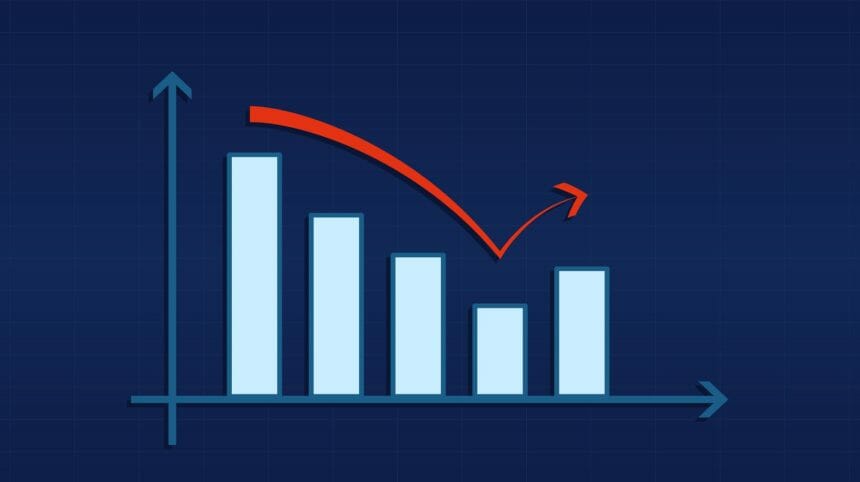The senior housing market rebounded during the 2007-09 global financial crisis and is likely to bounce back similarly from the COVID-19 recession, according to side-by-side analyses of the two economic cycles from the National Investment Center for Seniors Housing & Care published last week.
It might just take a little longer this time around.
The senior housing market was not immune from the effects of the earlier financial crisis, but it proved to be resilient, particularly the assisted living sector.
During that crisis, the senior housing market experienced a prolonged occupancy decline for two-and-a-half years. Occupancy rates fell four percentage points from a record high of 90.4% in the third quarter of 2007 to a then-record low of 86.9% in the first quarter of 2010.
The occupancy rate drop during the pandemic year was more than twice as drastic, with an 8.7 percentage point drop from 87.5% in the first quarter of 2020 to a record low of 78.8% in the first quarter of 2021, according to NIC MAP data.
“In the aftermath of the GFC and by spring 2010, seniors housing occupancy took steps toward recovery as rising demand exceeded new supply, reflected by 17 out of 23 quarters of relatively higher demand between 2010 and 2015,” NIC reported.
Anecdotally, lead generation and inquiries about seniors housing are already on the rise, along with move-ins and occupancy.
“For a full recovery, the demand lost during the pandemic must be recouped, the inventory that was added to the market during the past year must be fully absorbed, and the pipeline of new properties currently in development has to be matched by equally strong demand and move-ins,” according to NIC.
Skilled nursing also has started a slow rebound, with back-to-back monthly occupancy gains, NIC reported last week.



